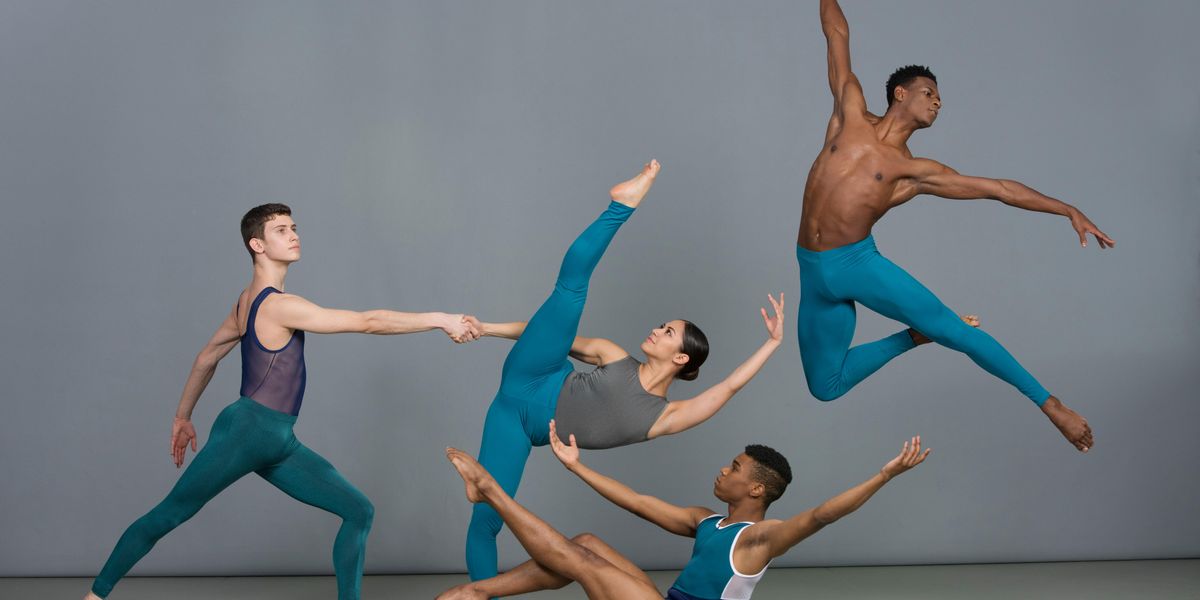College Dance Degree or Postgraduate Training Program—Which Is Right For You?
For years, young dancers fresh out of high school who wanted to continue their training were faced with a choice: Join a trainee program or enroll as a dance major at a four-year university. Nowadays, the options are vast, ranging from one-year postgraduate training programs and second company positions to unique partnerships between lauded dance academies and colleges. As attitudes around dancers going to college have shifted, aspiring professionals now have a host of paths to choose from.
What Are My Options?
Postgraduate training program:
This can range from a multiyear company traineeship to a one-year independent study at a renowned dance school. Since these opportunities come in nearly every shape and size, dancers will need to do some research to find one that fits their goals.
• Who is it for?
The postsecondary dancer who is searching for more technical training, performance opportunities and emotional growth before embarking on a professional career (but isn’t looking for a college degree just yet). These can serve as the ideal transition from student to professional, says Margaret Tracey, director of Boston Ballet School.
Four-year university dance program:
Whether you’d like a liberal arts education or the resources of an esteemed research university, a college program allows you to earn your bachelor’s degree while specializing in anything from commercial dance to pedagogy.
• Who is it for?
Dancers who have academic interests they’d like to nurture while continuing their dance training. This can be an excellent option for students who need a little more time to decide if they want to go professional, as well as those who want to explore dance with a more academic approach.
Joint BFA program:
Collaborations between ballet companies or dance schools and universities have cropped up all over the country. From the partnership between Richmond Ballet and Virginia Commonwealth University to the Ailey/Fordham BFA Program, these options blend rigorous training with the chance to earn a college degree and build connections at a company.
• Who is it for?
The disciplined student who is capable of undertaking the highest caliber of dance training and the rigors of a college academic schedule. “In some ways I think the students who apply to this program must be motivated in more than one way,” says Melanie Person, director of the Ailey/Fordham BFA Program. “They don’t have a myopic view of life.”

Igor Burlak, Courtesy Boston Ballet School
I’m Torn. How Do I Pick?
1. Write down your goals.
Having a clear idea of your professional aspirations will help you home in on an opportunity that can get you there. If you have your heart set on a particular company, look into a trainee program that feeds into it. If you’re interested in becoming a dance instructor, research colleges with a dance education degree.
2. Attend a summer intensive.
Take advantage of summer programs offered at both universities and dance schools. These can function as a trial run to get you acquainted with what a school can offer.
3. Think long-term.
A dancer’s career doesn’t last forever. If you don’t pursue a college degree now, will you go back to school in the future? Make a game plan for how you’ll transition when your professional career comes to a close.
Check Your Readiness
Even if you already know you’d like to pursue a career in dance and you feel your technique is up to snuff, don’t forget to take stock of your emotional maturity before hitting the job market. “Too much too soon can be very challenging emotionally on a young dancer,” Tracey says. “It is almost never a problem to wait a little bit longer.” College and training programs designed for pre-professional students can help prepare you, body and mind.




